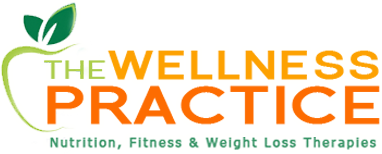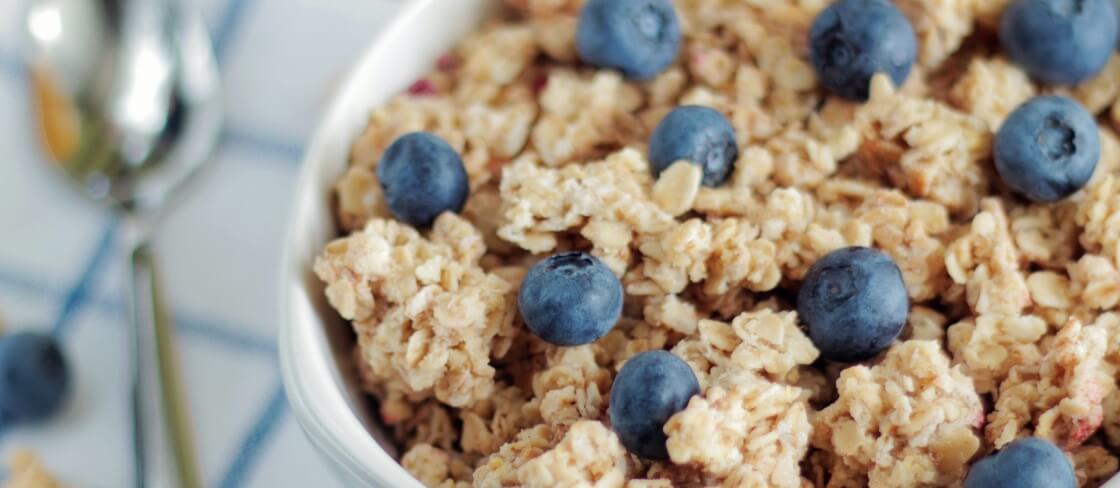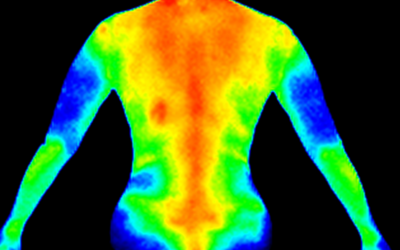An elimination diet can be an effective approach for identifying food sensitivities and intolerances, and better managing them. With an estimated 2-20% of the population struggling with a food intolerance, it’s no wonder why therapeutic approaches like elimination diets are so frequently used.
Even though it can be time-consuming to determine the root cause of a food intolerance, one of the best things about elimination diets is that they can be done in the comfort of your own home and on your own timeline.
What is an Elimination Diet?
An elimination diet is considered the gold standard for figuring out whether a food or ingredient is at the root of your digestive symptoms. The basic premise is to remove the most commonly reactive food groups from your diet and slowly add them back, watching for any symptoms that could indicate an intolerance.
There are several variations of elimination diets that are often recommended for the purpose of identifying a food sensitivity. They can range from easy elimination diets, which remove just one or two of food groups, to a full elimination diet, removing eight or more food groups at once.
While a more comprehensive elimination trial may last for six weeks, some versions may start out for a period of 21 days.
Once you determine which ingredients are causing your symptoms, you can remove them from your regular diet and stop the elimination trial (unless you’re concerned that more than one thing in your diet may be wreaking havoc on your body).
During each phase of your elimination diet, it’s important to be vigilant of the foods and ingredients you’re eating, and other names they could be listed as on packaged foods. Diligently recording your intake and any experienced symptoms is a very useful practice, as is reading ingredient labels on products.
Who Should Try an Elimination Diet
If you’ve noticed that you ever feel “off” after eating or drinking, and this seems to be an ongoing experience, a certain ingredient or food may be to blame.
Common symptoms of a food intolerance include bloating, indigestion, constipation or diarrhea, nasal or chest congestion, headaches, skin problems, joint or muscle pain, and fatigue. These often appear within a few hours or several days after eating the food. This time frame can also make it difficult to determine what is causing your side effects.
That being said, if you ever experience more severe symptoms after eating, like developing hives or a rash, your throat tightening, or having trouble breathing, this could indicate a potentially life-threatening allergic response called anaphylaxis that needs a medical evaluation. It’s important to note that a food allergy is an immune response, whereas a food intolerance is a nonimmune-mediated reaction.
An elimination diet can be very useful for people experiencing food intolerances, not food allergies. This approach is often recommended by health professionals following skin and blood tests to look for food sensitivities that way.
Phases of an Easy Elimination Diet
Regardless of how basic or comprehensive your elimination diet is, the basic phases of this trial are as follows:
The elimination phase lasts 2-3 weeks and is the most restrictive phase of your trial diet. This is an important phase because it can help you determine, first and foremost, if the most likely trigger of your symptoms are food-related to something not related to your diet at all.
The reintroduction phase incorporates a slow progression of adding single foods back once at a time, every 2-3 days, while looking for symptoms. If no symptoms are experienced with an ingredient or food group, you can typically consider it to be innocent and move onto the next one. If you do experience symptoms, you may have identified a trigger food that should be removed from your regular diet.
Elimination diets are not one-size-fits-all. They should be tailored to your unique needs and symptoms. Altogether, an elimination diet may take up to six weeks due to the slow reintroduction of foods that is recommended. However, if you’re able to identify trigger foods sooner than that and are confident in your findings, your elimination trial may end quicker.
Basic 6 Easy Elimination Diet
If you think you may have a food sensitivity or intolerance, but aren’t excited about the idea of doing a full elimination trial, you can start with a slightly more basic version.
One of my favorite approaches for this situation is to first try a basic 6 food elimination diet. This approach eliminates the 6 top food allergens and foods that fall under each category, some examples of which are outlined below.
- Dairy: cow and goat milk, yogurt, cheese, sour cream, cottage cheese, whipped cream, butter
- Wheat: bread, crackers, couscous, wheat flours and pastas, pizza made with wheat crust
- Soy: tofu, tempeh, edamame, miso, soy milk, natto, tamari, soy sauce
- Eggs: eggs and egg-containing foods like eggnog, mayonnaise, meringue
- Nuts and tree nuts (seeds are okay): peanuts, cashews, walnuts, pistachios, Brazil nuts, almonds
- Shellfish and seafood: all fish, shrimp, lobster, crab, krill
When following this easy elimination diet, be sure to look for these food groups that could be hidden as certain ingredients in packaged foods. For example, dressings and sauces, flavoring items, cooking broths, non-dairy milk products, baked goods, packaged snacks, and spreads may contain these allergens.
Because food intolerances can be triggered even by the exposure to microscopic particles of the offending food, elimination diets require precautions to avoid potential cross-contamination. This means washing utensils and meal prep tools between uses and keeping your hands clean. It may be best to err on the side of caution during an elimination diet and avoid eating out at restaurants, as the risk for cross-contamination is higher in these settings.
The elimination diet is temporary, but it’s important to continue to pay attention to the adequacy and quality of your nutrient intake while you undergo this kind of trial to avoid nutrient deficiencies. Aiming for the best variety of foods, even during the most restrictive phase, can help ensure you’re getting all of the vitamins and minerals you need for optimal health. It may be a good idea to incorporate a daily multivitamin into your routine if you don’t already. Just make sure it doesn’t contain any of the food groups or ingredients you’re eliminating.
If you’ve been experiencing physical symptoms after eating certain foods and suspect a possible food intolerance, an easy elimination diet may be a good place to start to improve your quality of life.







0 Comments